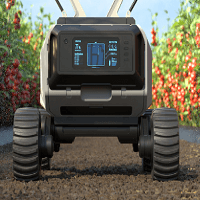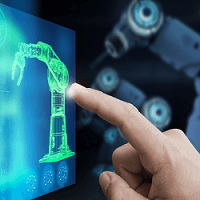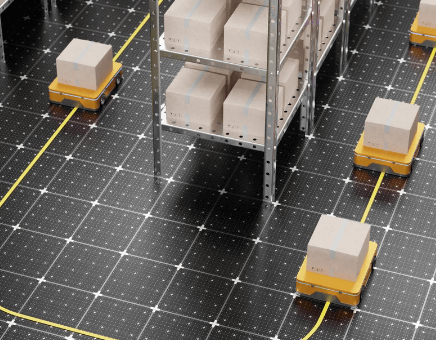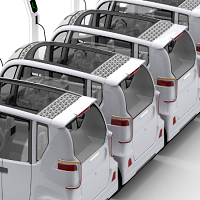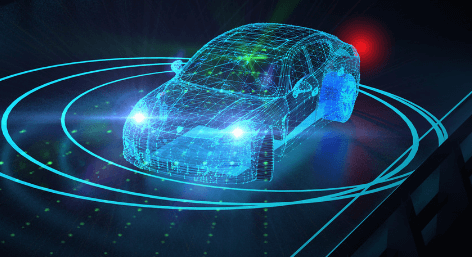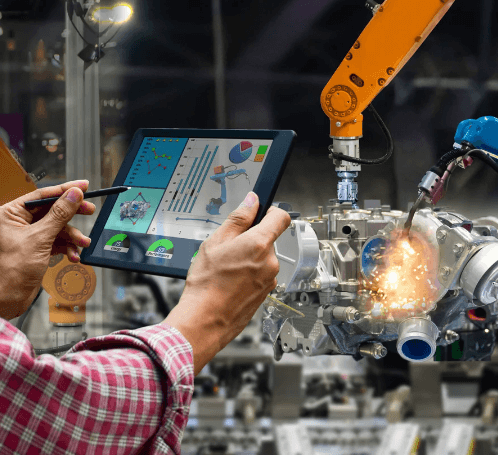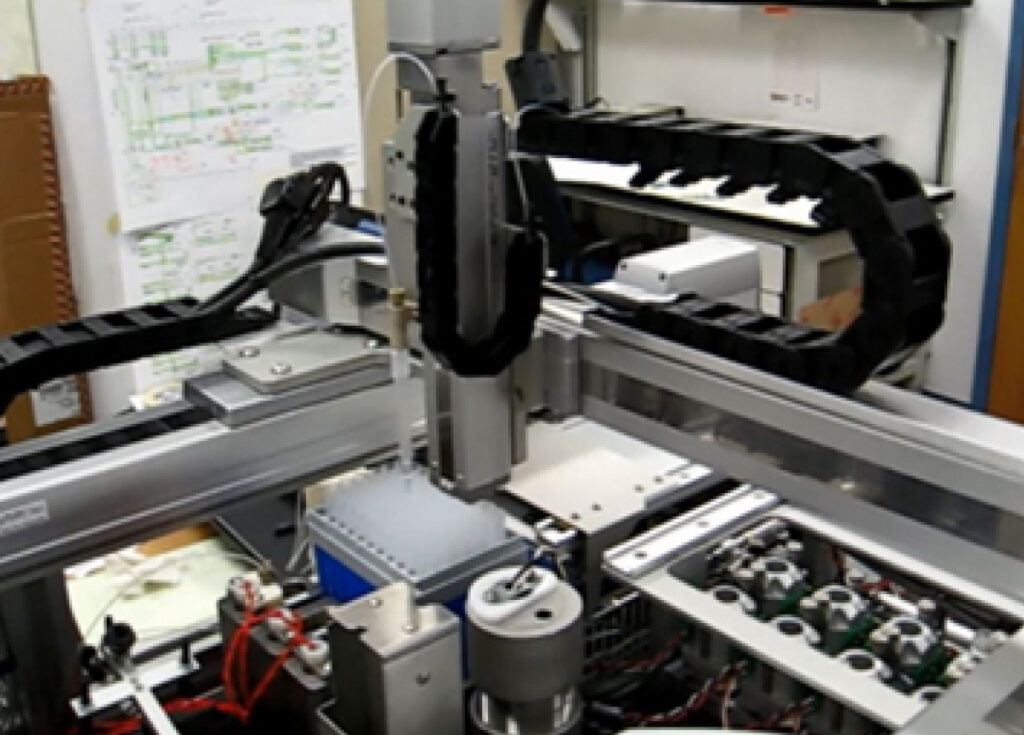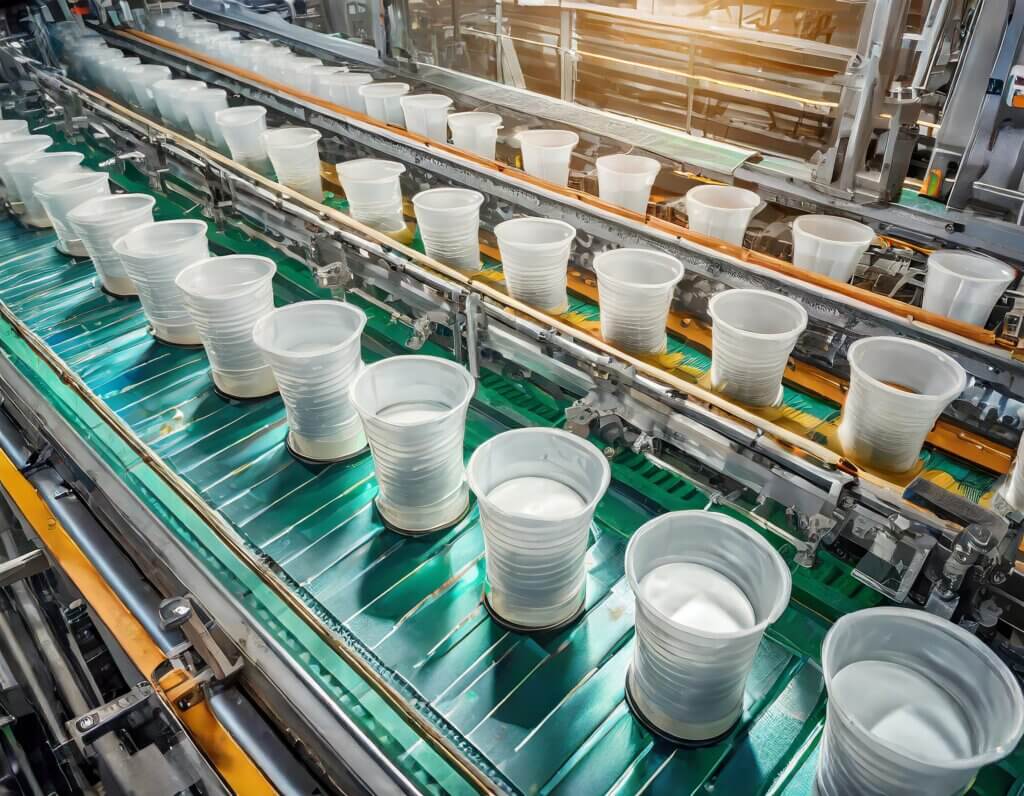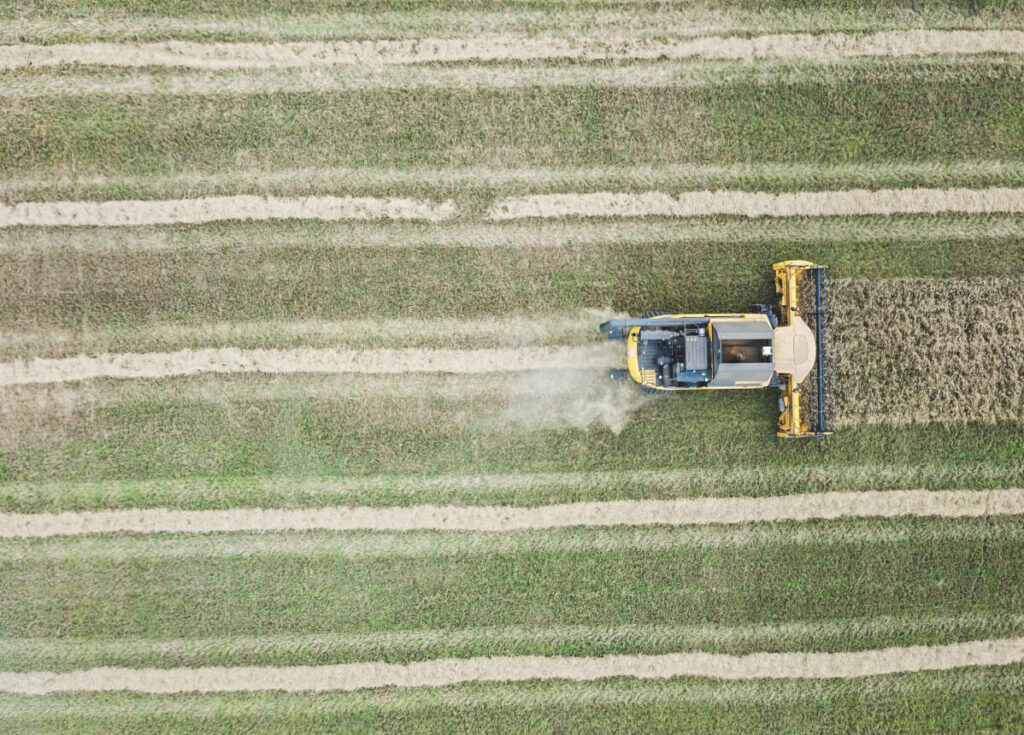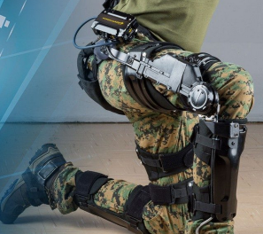Competitive Advantages of Advanced Localization and Mapping
Localization and mapping are fundamental to the autonomy and effectiveness of robotic systems. Accurate localization allows a robot to understand its position in the world, while mapping enables it to navigate and interact with its environment safely and efficiently. Advanced techniques in localization and mapping are essential for developing robots that can operate in complex, dynamic, and unstructured environments, enhancing their capabilities in various applications.

Advantages of Working with Boston Engineering
Boston Engineering’s expertise in advanced localization and mapping techniques ensures that robots can navigate and operate reliably in challenging environments. By leveraging cutting-edge technologies like Visual SLAM, Graph-Based SLAM, and Multi-Robot SLAM, Boston Engineering delivers robust solutions that improve the safety, reliability, and efficiency of robotic systems. This expertise allows companies to deploy advanced robotics solutions that meet their specific operational needs, driving innovation and achieving better business outcomes.







